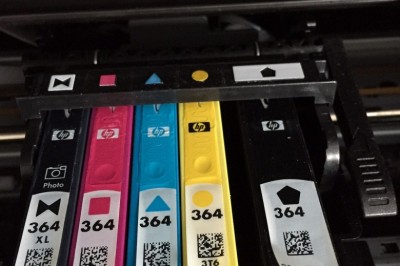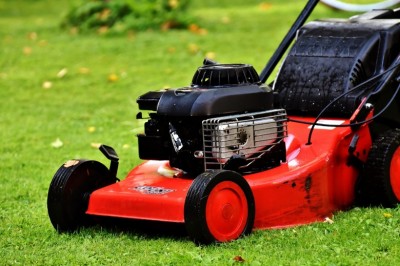
How To Build Your Own Home made Gold Dredge
No question that many folks interested in prospecting for gold would love to own a dredge. No question that dredges are very cool pieces of prospecting equipment, but the prices for new ones are really high. You could easily spend many thousands of dollars on such a purchase, and that is more than many can afford. Dont forget however, that in the earliest days of dredging, there were no manufacturers, and all small suction gold dredges were handcrafted units made in someones garage. Theres no doubt that a good dredge can be built by the home craftsman, and I know you can save some significant money doing it, because Ive done it myself.
For those who might ask, a suction gold dredge is basically a device which is designed to suck gravel underwater from the bottom of a river, pull it up through a hose and run it over a sluice box. In the sluice box, any gold which is present becomes trapped and the lighter materials such as sand and gravel move down and out of the sluice box and back into the river. The operator guides to the nozzle of the hose to suck the rocks and gravel which he desires to process off the river bottom. A small "lawn mower" type of engine is used to pump water which creates the suction that pulls the sand and gravel up through a hose and into the sluice box. The gravel does not go through the pump, the suction in the hose is actually created through a Venturi effect by pumping high pressure water through a jet. The fast-moving water creates the suction in the jet. This way the sand and gravel does not actually go through the pump, which would quickly wear it down.
In addition to pumping water, the small engine also produces compressed air for the diver to use while working underwater. In cases where the water is shallow, the gold diver may simply use a snorkel.
Most modern dredges are made to float on the surface of the water, allowing the operator the greatest level of flexibility to move from place to place while working small gold deposits. Most flotation systems are made of rigid plastic pontoons, but there are still a number of units in use that employ other flotation systems such as truck inner tubes.
Building a dredge is a big project with a lot of plans and decisions to be made. Take your time and think about what you really want to build. Think about what materials you have on hand or what you could easily acquire, then build a list of what you need to construct your dredge. Unfortunately, a simple set of dredge plans that would work for all sizes of suction dredges is just impossible, so Ive not tried to prepare any such thing. However, you can do it for your project. If you really sit down and think about things, and use measurements taken from the commercial dredge makers you can design your own set of plans for your specific dredge project.
Of course you will be building on the cheap, but you dont want to shortchange yourself too much. You dont want your dredge to be rickety, or to fall apart, or to fail to function. Dredges need to be functional, durable and sturdy. The time you spend sorting through design concepts, deciding what you will build and how you will build it will be well spent. Think about what you want and what you need then weigh those together with what you can afford. Do up some drawings and lists. Perhaps the best thing I can suggest is that you study the designs of the well-known dredge makers like Keene and Pro-line. These manufacturers have done quite a bit of research studying their products, they have tested different options and have developed efficient pieces of equipment that do the job well. Check out their web sites as most have good photos of their dredges and the individual components that make up these dredges - you can get a lot of information from their web sites. If your local prospecting shop has a dredge set up, take a close look and even measurements or photos if you can. Another great possibility is to join a prospecting club whose members actively dredge, and then go out to the claims and check out the members while they are dredging. Take some pictures of the dredges while theyre in operation. The club members may even let you have a few minutes behind the nozzle so that you can get a feel for the whole experience. The more general knowledge you have about dredges before you begin your design, the better your construction plans will be.
I have found that the junk yard / recycling yard can provide some important pieces that you may use at low prices. I suggest that one you have good plans for the dredge you want to build, take your purchase list and go look through the local scrap yards - you can get stuff there a whole lot cheaper than you would at someplace like Home Depot. You may even find a suitable used engine there.
I suggest that once you have assembled all the pieces you need, the next step is to put your new dredge all together and test it. I suggest that you test it with a couple dozen pieces of small lead shot. Flatten them, and paint them red or some other bright color. Then suck up some gravel from the nearest gold bearing stream and put the shot in with the gravel you are processing. Be sure to take in a good bit of gravel both before and after youve sucked up the shot. When you clean up the sluice, count how many of the shot you have recovered and compare that to the number you started with. You should not lose more than one or two at the most. If you lose more than three or four you need to adjust your dredge or make some changes to improve it so you can be confident you are not loosing gold.
For more detailed information on building a gold dredge, including photographs of how to do it and the authors finished home crafted dredge, check out the authors web page on building your own dredge at:
http://nevada-outback-gems.com/design_plans/DIY_dredge/Homemade_dredge.htm
For more basic information on how to operate a gold dredge, with photos, check out the authors web page on gold dredging at:
http://nevada-outback-gems.com/basic_prospecting/Dredging.htm
Chris Ralph writes on small scale mining and prospecting for the ICMJ Mining Journal. He has a degree in Mining Engineering from the Mackay School of Mines in Reno. He has continued his interest in mining as an individual prospector. His information page on prospecting for gold can be viewed at:






















